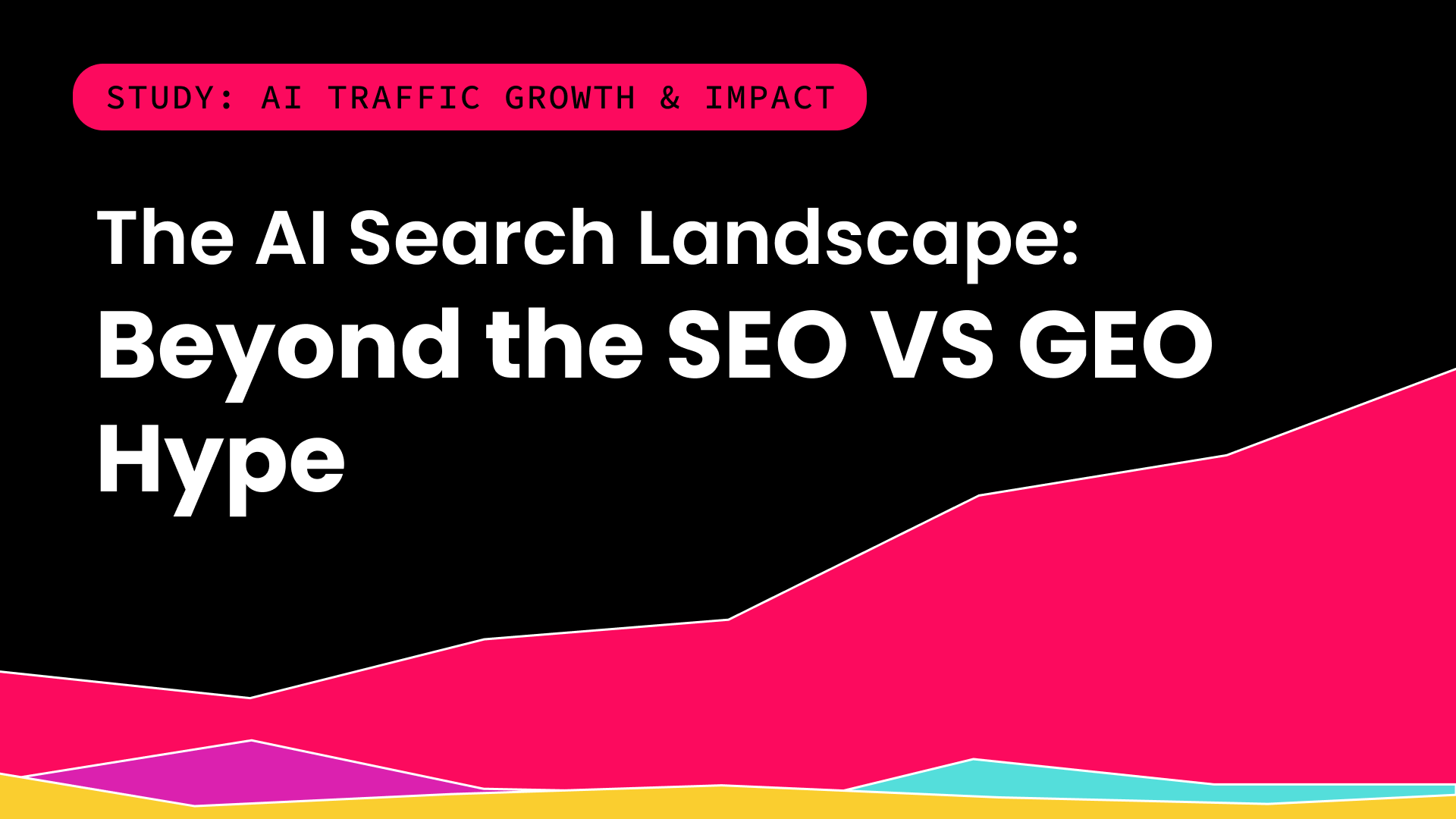[Author’s Note] I am not a lawyer. I am a marketer. The information I provide should not be construed as legal advice.
This post is for informational purposes only and should not be used as a substitute for professional legal counsel.
Legal matters can be complex and vary based on specific circumstances. It’s important to consult a qualified attorney for advice tailored to your individual situation.
AI Gatekeepers
If you’re looking to embrace AI as a part of your marketing strategy, the challenge doesn’t end with figuring out the right prompts and processes. There’s a heady legal and compliance trial ahead, as well as addressing concerns from more risk averse clients and stakeholders.
Your greatest obstacle to embracing AI in marketing won’t be the technical learning curve, change management, or creativity in innovation.
It will be legal, IT, and compliance approvals. These are the folks who have the ability to say:

These individuals are responsible for protecting the organization's most valuable asset: the brand.
[My Goal] Arm you with the right resources to mitigate risk to the brand, ease concerns, and secure buy-in on leveraging these new AI capabilities.
Maybe this topic isn't as exciting as “X Ideas for GPT Prompts for SEOs”, but you’ll be hard pressed to leverage those prompts to drive meaningful outputs if you don’t secure the necessary buy-in.
If you haven’t started this conversation internally with your legal and compliance teams, you’re already behind.
But, don't worry - you're about to start catching up.
What can marketers do to grease the wheels of operational compliance?
Step 1: Identify top operational concerns with Generative AI
Through industry research and Seer-run surveys, we're working to identify what the greatest concerns about leveraging AI in marketing are and tackle them one by one.
It's critical to meet these individuals where they are in order to understand how best to alleviate their concerns.
Top operational concerns about leveraging AI:
1. Inaccurate Outputs79% of respondents to eMarketer's “Worries US Adults Have About AI, June 2023 survey worry about:
"data/content being manipulated without knowing what’s real and what isn’t."
Note that this is a legitimate concern for all stakeholders, including those of us who desperately want to find a way to use Generative AI.
Hallucinations are when AI gives false information. This typically happens when the AI's algorithm has a gap in it's training set. That's a key point to remember when we get to risk mitigation.
2. Cybersecurity Risk83% of respondents in a recent eMarketer survey of IT decision-makers considered Generative AI Apps to be a cybersecurity risk.
Not only does the worst case scenario represent a nightmare situation for IT teams, but it also represents potentially unfixable brand reputation impacts.
3. Intellectual property infringement and regulatory compliance errorsIP infringement and regulatory compliance concern represent a core concern of nearly half of IT Professionals, as surveyed by Blackberry.
Incorrect or misleading content generated by AI could lead to violations of ad standards, consumer protection laws, copyright infringements, and industry-specific regulations.
It's clear to me based on the data we have reviewed that those most concerned with the use of Generative AI are broadly concerned with the technology more so than the integration of the technology in a human-powered workflow.
This is a good thing, because it means we have an opportunity to present a more clear use case and finite workflow to address those broad concerns.
Step 2: Empathize with concerns to understand the brand risk of leveraging Generative AI
Next, let's put ourselves in the shoes of the gatekeepers and work to understand why they have those concerns.
Remember, they're responsible for risk mitigation - things that could cost the business tons of money. Given the economic uncertainties many are facing, risk aversion may be at an all time high for these stakeholders.
It's a CEO's and CMO's job to understand the balance of risk and reward and make the appropriate decisions. We'll get to the reward part later, but let's first ensure we understand the risk.
Risks of top operational concerns about leveraging AI:
1. Inaccurate Outputs - Reputation & P&L
If the output of Generative AI isn't accurate, the brand could produce inaccurate or problematic content that harms it's reputation and P&L.
This could impact the financial stability of the organization and the very jobs of the individuals we're working with. Hallucinations in unchecked content could result in legal actions, fines, or sanctions. You think your budgets are being cut now? Wait until after these fines.
2. Cybersecurity Risk - Private Information Leaks from Customers & Company
If the use of Generative AI causes a cybersecurity risk, both the organization and the customers of that organization can be put in serious risk.
Not only is all of the above true re: financial stability, but real lives can be impacted.
3. Property infringement and compliance - Civil and Criminal Penalties
If the use of Generative AI ends up inadvertently releasing intellectual property details, the very essence of the business is at risk.
This transcends the levels of PR nightmare and regulatory snafu and rises to existential crisis. You're venturing into legal penalties here.
Stop yourself from skipping ahead to why none of the above will happen with the way you want to use GPT-4.
Sit in those issues for a moment and consider how critical it is that the organization you're supporting has these gatekeepers in place.
Step 3: Find a compromise with Operations, Legal, and IT
The beauty of SEO is there's not just one way to succeed. Let's go into our approach to Generative AI with the same mindset:
What elements of your plan are must-have vs. nice-to-have?
How can we integrate compelling guardrails and fail-safes in workflows that ease the concerns of your stakeholders?
Now that we understand the concerns and the risks they represent, let's be painfully clear about what we'll do to avoid those risks at all costs.
Avoid the Risks
Outline your workflow
Your workflow is how you'll confirm all outputs leverage from Generative AI are accurate, including how you'll ensure those workflows are followed.
In an upcoming post, we'll get into much more detail with the workflow we're launching at Seer.
For now, consider how important it is to input data beyond the data sources the model has been trained on.
Have robust QA
In addition to leveraging the right inputs, ensure sure your review process is robust and multi-faceted.
You should be able to present an executive summary to the powers that be that cites the full process. Make sure you understand which elements of that workflow are critical and can communicate why.
Create your GPT data rules & regulations
Ideally in collaboration with your IT and legal teams. You're going to need to ask yourselves questions like:
- What data represents zero risk and is essentially public data?
- What data is non-public and how should that be handled?
- How will you ensure in no uncertain terms that personally identifiable information (PII) stays out of all workflows?
- What is your plant for educating your current team and future hires on all of the above?
Your IT and legal teams will understand more nuance around the risks of accessing certain data sources and your marketing team will understand the where the biggest advantages of using Generative AI will be.
Note that depending on the data you'd like to use, investments may be required to proceed.
At a minimum, organizations seeking to benefit from ChatGPT likely need to invest in GPT-4 memberships for their teams.
Also consider the potential to use in-house servers or work with third parties on enterprise solutions. These costs should be presented as part of your overall plan, and fast followed by the benefits you're anticipating. ChatGPT also just launched an Enterprise version. There's no pricing available until you talk to their sales team (which means it's probably a bit expensive!), but worth looking into if you're an enterprise organization.
Step 4: Illustrate the benefits in clear, tangible terms to CEOs and CMOs
Who cares about what?
Corporate risk managers are often focused on all of the downsides and costs of leveraging this new tool.
Your job as a marketer in this instance is to mitigate those risks and balance it out with the value add for the organization.
Your CEO and CMO's jobs are to understand all of the costs and risks, weight those against the benefits, and make the right decision for the organization.
48% of those surveyed listed productivity or profitability as a top 3 year priority.
That's a great quote to keep in your back pocket when you go to make this case. If it's not yet a priority for your CEO, it's likely a priority for the CEO they're competing with.
Getting these individuals on board will offer a significant advantage to securing buy in.
What's the value?
In order to get prioritized on a C-suite's list, you need to talk value.
There are four basic ways to think about value:
- New revenue
- Cost savings
- Cost avoidance
- Insurance.
There are lines to be drawn from Generative AI to each of those types of value.
Start to ask yourself questions like:
- What are my initial alpha and beta tests results so far? Show a measurable proof of concept.
- How much increased productivity can this new workflow offer at scale? 2x? 4x? The more compelling the data, the more likely your executives will be to take the risk.
- How much faster can you catch up to your biggest competitor, and what does that increased market share mean for top line revenue?
- If you're spending less time on automatable tasks, how can you re-invest that time into higher value activities?
- What are the net-new capabilities that this technology can add to your marketing stack?
Where do we go from here?
Hopefully these ideas helped you not only calm your client or stakeholders’ fears regarding the integrity of the outputs of Generative AI, but also secured buy-in on why you need to embrace this technology. You’ve crossed a major hurdle but your job is far from done. Operationalizing a new technology into an organization takes time and effort. Those with smaller and more agile teams will be at a big advantage.
If this doesn't sound like your team, not to worry. Your Q3 to-do list should include:
- Identify the key stakeholders who have a "kill switch" for adopting this technology
- Identify the objections and concerns those key stakeholders hold
- Empathize with those key stakeholders and ensure you fully understand the risks to the business that they represent
- Collaborate with as many internal teams as you can, but especially your IT team, on your risk mitigation plan
- Test in small quantities to prove the efficacy of the tool
- Combine your findings to sum up the risks, the risk mitigation plan, and the impact you're projecting by using the four key value types.

.png)
